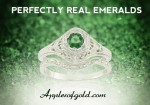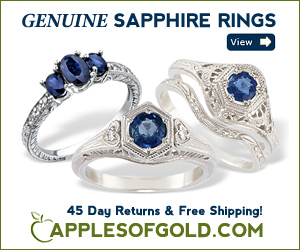Why A Diamond is Forever
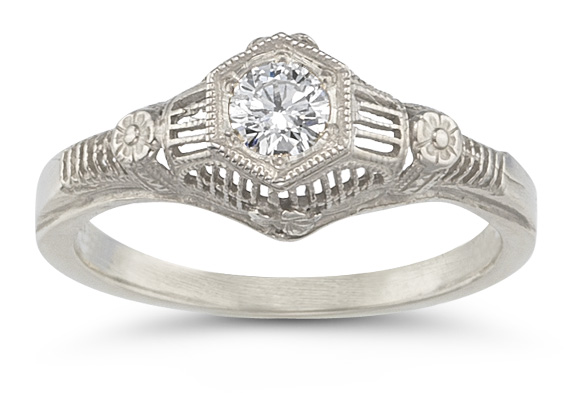 In 1947, a marketing staff for DeBeers coined the phrase “A Diamond is Forever” and it went on to become the best advertising slogan of the 20th century. The message it conveyed could not have been as effective if it referred to something less deserving of the title; the phrase flourished and made its mark because everyone knew, nothing could be more true.
In 1947, a marketing staff for DeBeers coined the phrase “A Diamond is Forever” and it went on to become the best advertising slogan of the 20th century. The message it conveyed could not have been as effective if it referred to something less deserving of the title; the phrase flourished and made its mark because everyone knew, nothing could be more true.
The earliest mention of diamonds in history was between the 3rd and 4th century BC, in a Sanskrit text that related to the diamond trade. The most prized gem in the world, the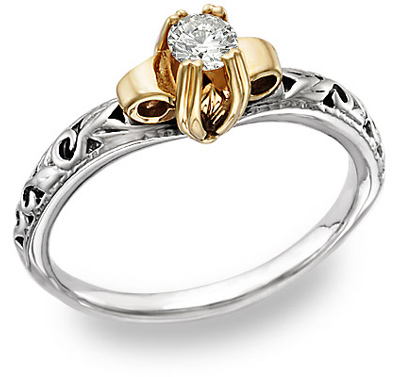 diamond, came from the Greek word “Adamas” which means indestructible or invincible, and adamantly so. Only another piece of diamond can scratch and cut another diamond. In fact, it has registered a “10” on Mohs Scale of Mineral Hardness, a quality that made this gemstone a worthy possession indeed. Ancient Chinese even utilized this particular characteristic to cut another prized gemstone, the Jade. But in those days, the Diamond was only available in India, and even then, it was popular both as jewelry as well as a kind of cutting and engraving tool for practical applications.
diamond, came from the Greek word “Adamas” which means indestructible or invincible, and adamantly so. Only another piece of diamond can scratch and cut another diamond. In fact, it has registered a “10” on Mohs Scale of Mineral Hardness, a quality that made this gemstone a worthy possession indeed. Ancient Chinese even utilized this particular characteristic to cut another prized gemstone, the Jade. But in those days, the Diamond was only available in India, and even then, it was popular both as jewelry as well as a kind of cutting and engraving tool for practical applications.
Diamonds are basically made of carbon compressed under extremely high pressure, about hundreds of kilometers deep into the Earth’s surface, with temperatures not lower than 1,000 Degrees Celcius, and most importantly, it had to be molded for millions of years! These conditions need to be present to achieve a gem like the Diamond. Otherwise, it would just be another piece of charcoal.
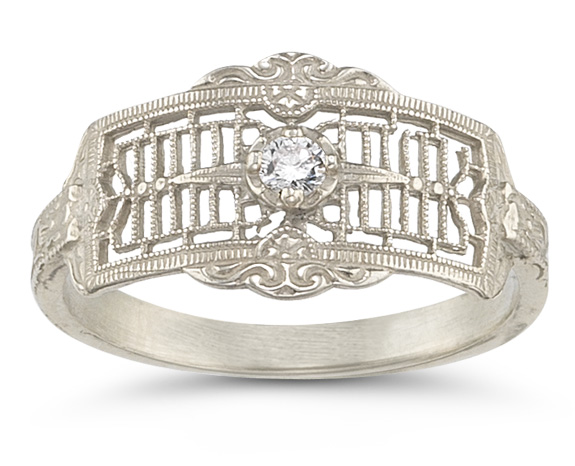 The depletion of India’s diamond resource circa the Middle Ages prompted entrepreneurs and bounty hunters alike to look for alternative deposits; which they found in Brazil (1725) and Kimberley in South Africa (1867). The latter proved to be a goldmine for diamond deposits where the business and geopolitical implications of this gem are very much alive.
The depletion of India’s diamond resource circa the Middle Ages prompted entrepreneurs and bounty hunters alike to look for alternative deposits; which they found in Brazil (1725) and Kimberley in South Africa (1867). The latter proved to be a goldmine for diamond deposits where the business and geopolitical implications of this gem are very much alive.
Meanwhile, the aesthetic value of the Diamond lies in the absence of any color in its crystal. While other gemstones are valued for the amount and quality of color they possess, the Diamond is measured otherwise. But still, diamonds can be found in a wide variety of colors and in great range of shades.
To date, the gem’s popularity will always go back to the year 1477 when the Archduke Maximilian of Austria, as a symbol of his engagement, offered Mary of Burgundy a diamond engagement ring. Over the centuries, the gem has symbolized a few more significant events. It is proudly the April birth stone, as well as the perfect gift to celebrate Jubilee and sixty-year anniversaries.
Category: Jewelry History









